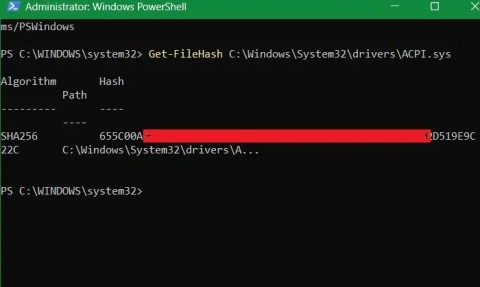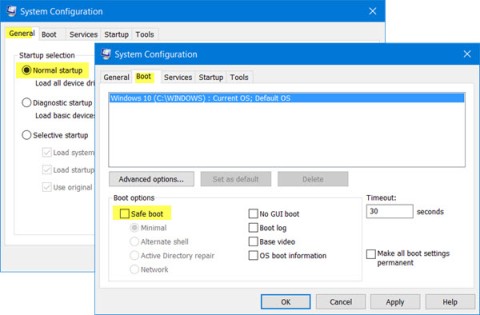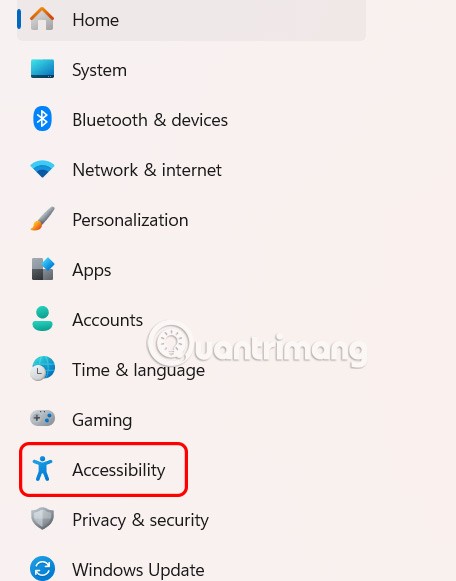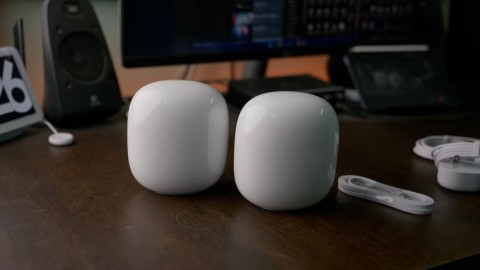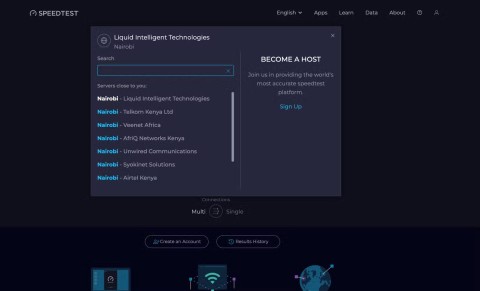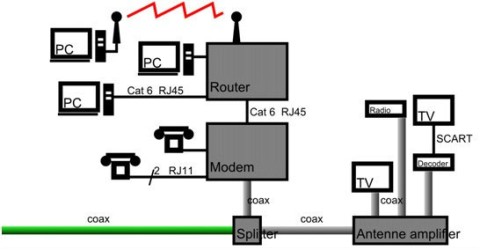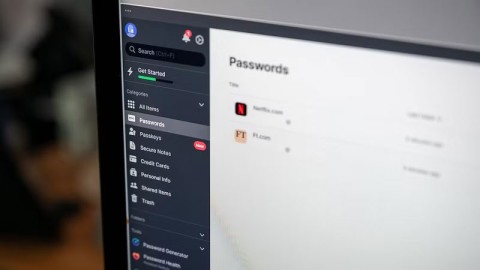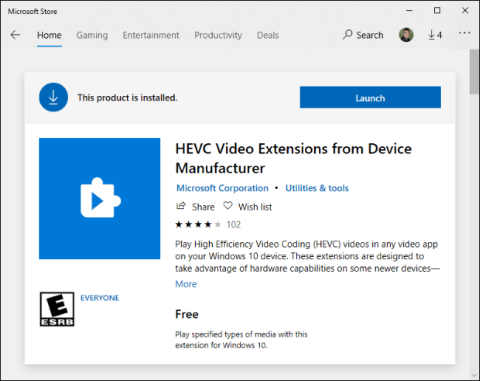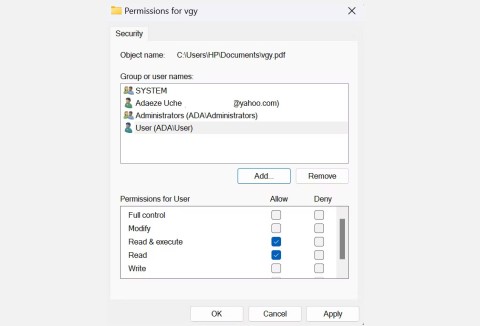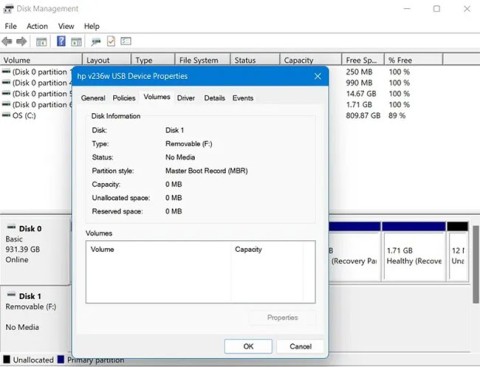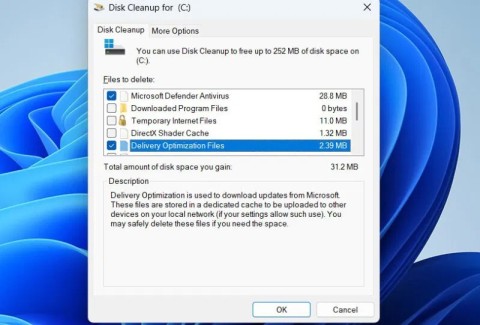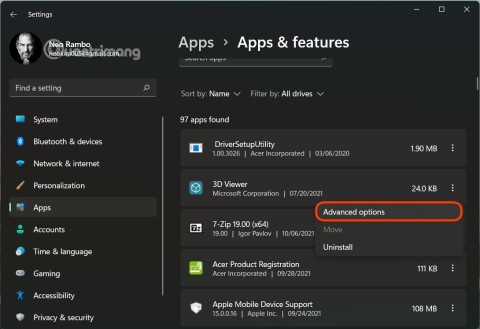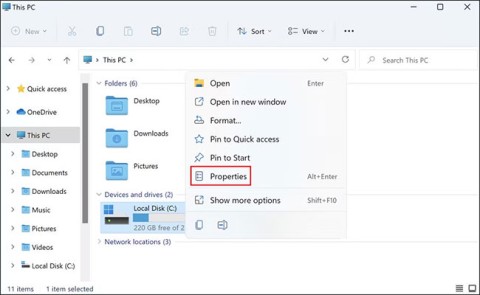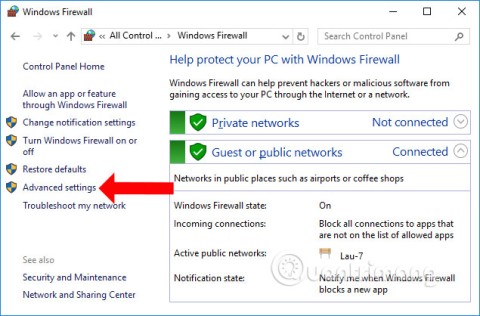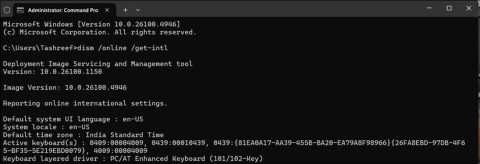Microsoft introduced a redesigned Advanced Settings page in Windows 11, adding system customization for developers and users with new features like simplified management of File Explorer, version control, and user accounts. If you want to try out advanced settings on Windows 11, follow the article below.
Instructions to enable advanced settings on Windows 11
Step 1:
You need to download ViVeTool to use Windows experimental features, follow the instructions below.
Step 2:
Open Command Prompt with Admin rights, then type cd the folder containing the extracted ViVeTool and press Enter.
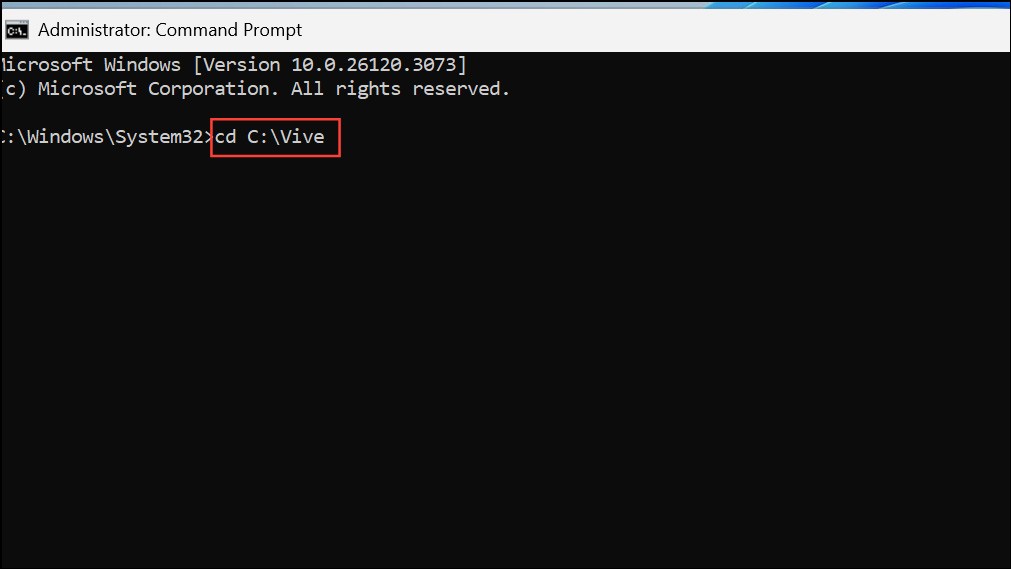
Step 3:
Next, to enable Advanced Settings on Windows 11, enter the command below.
vivetool /enable /id:56005157
This command enables the hidden Advanced Settings page in supported versions of Windows 11.
Step 4:
Restart your computer to apply the changes. After restarting, the Advanced settings page will appear under Settings > System > Advanced.
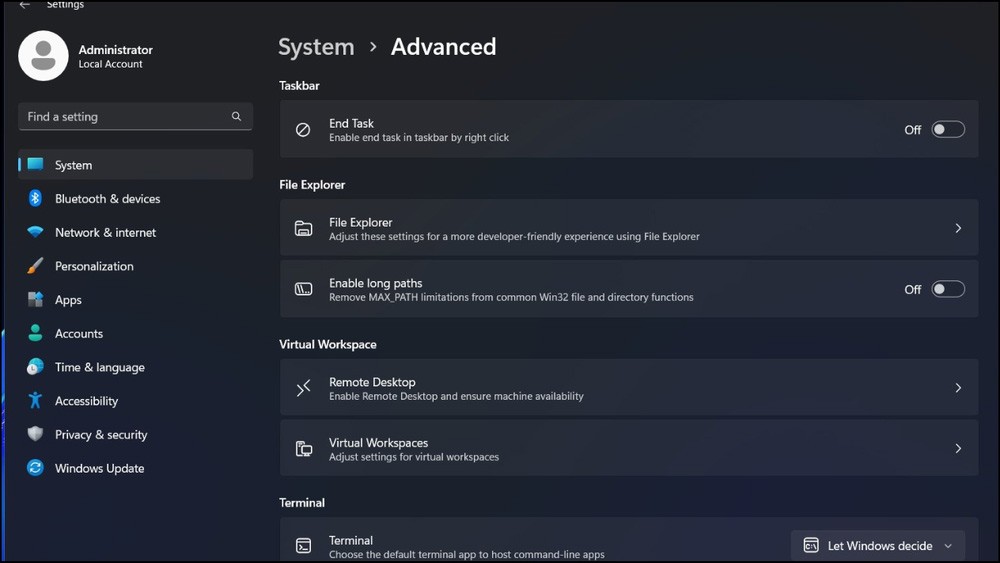
How to enable advanced settings via the Windows Insider Program
Advanced Settings are available for Beta and Dev of the Windows Insider Program. You need to join the Windows Insider Program and select the Beta or Dev channel. Then we will get advanced settings on Windows 11.
Key Features of Windows 11 Advanced Settings
Windows 11 Advanced Settings has been redesigned, consolidating and refining some previous customizations, notably including:
- Show file extensions: Display file types like .txt or .jpg after the file name, helping users better understand the file format.
- Show hidden and system files: Shows files that are normally hidden by Windows, including important system files, for easier troubleshooting and file management.
- Show full path in title bar: Adds the full folder path to the File Explorer title bar, reducing confusion when navigating deep folders.
- Show run as different user option in Start: Adds a right-click menu option to run an application as a different user, useful for system administrators and developers testing different configurations.
- Show empty drives: Show storage devices like USB drives even when no data is stored, helping users keep track of all connected hardware.
